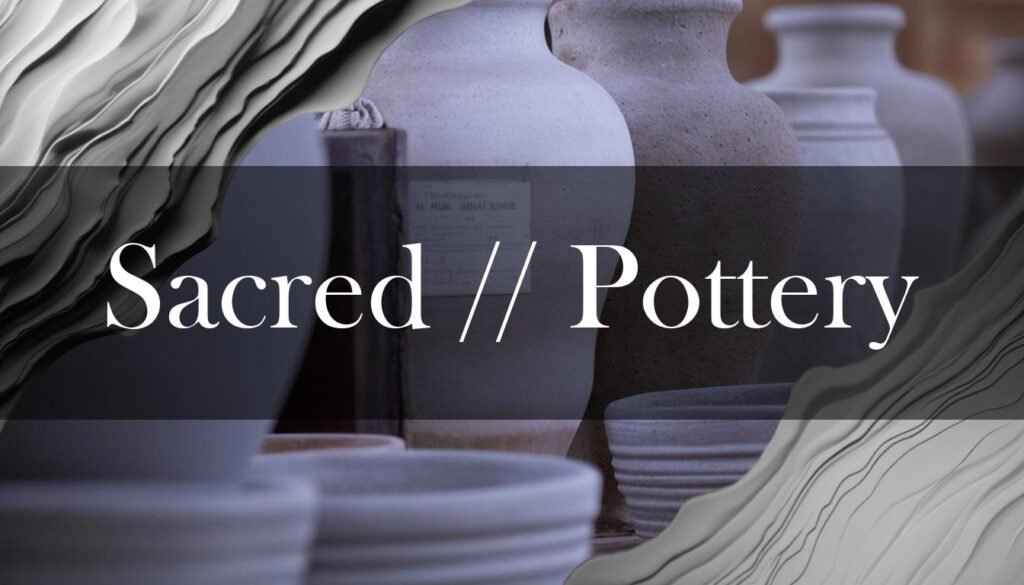Pottery has been intertwined with religious ceremonies across cultures and throughout history, serving as more than just functional objects. From holding offerings to embodying spiritual symbols, the role of pottery in these practices is rich and varied. The very act of creating pottery can be seen as a sacred endeavor, with artisans viewed as channels for divine inspiration, especially among the Mixtec people of Oaxaca, Mexico, where pottery was integral to appeasing deities and honoring ancestors.
Across different religions, clay pots are often used for offerings. In Hinduism, these pots are commonly used in rituals, and their creation is viewed as a meditative practice, fostering a deeper connection with the divine. Breaking the pots after the ceremony symbolizes sacrifice and the transient nature of life. Similarly, Buddhist temples use pottery vessels for offerings, often adorned with spiritual symbols and inscriptions, with the creation process considered a form of devotion. Even in Christianity, pottery has a place, with clay chalices used in the Eucharist to hold wine representing the blood of Christ, rooting spiritual significance in everyday items.
The symbols and motifs adorning pottery also carry deep religious significance. Ancient Greek pottery often depicted gods, goddesses, and mythological events, offering visual narratives of their spiritual beliefs. Native American pottery frequently features animal symbols representing clan identities and spiritual guides, illustrating the connection between art and spiritual beliefs. Certain shapes and designs have specific purposes, too. For example, the “lota,” a small, rounded vessel used in South Asia, is integral to Hindu ceremonies, while in Tibetan Buddhism, “tsatsa” plaques depicting deities are left as offerings in sacred places.
Clay itself is a potent symbol in many religions, representing creation and the link between humanity and the earth. Numerous cultures share myths where humans were formed from clay, such as in the Ancient Near East, where the goddess Aruru created Enkidu from clay. This symbolism extends to the practical, as seen in Shia Islam, where a “turbah,” a small clay tablet, is used during prayers to symbolize the earth.
The invention of pottery is a fascinating topic, rooted in ancient history. This video explores the origins of pottery in China and Czechia.
Whether it’s through creation myths, ritualistic uses, or symbolic designs, pottery serves as a tangible expression of faith, cultural identity, and the enduring human desire to connect with the divine.





